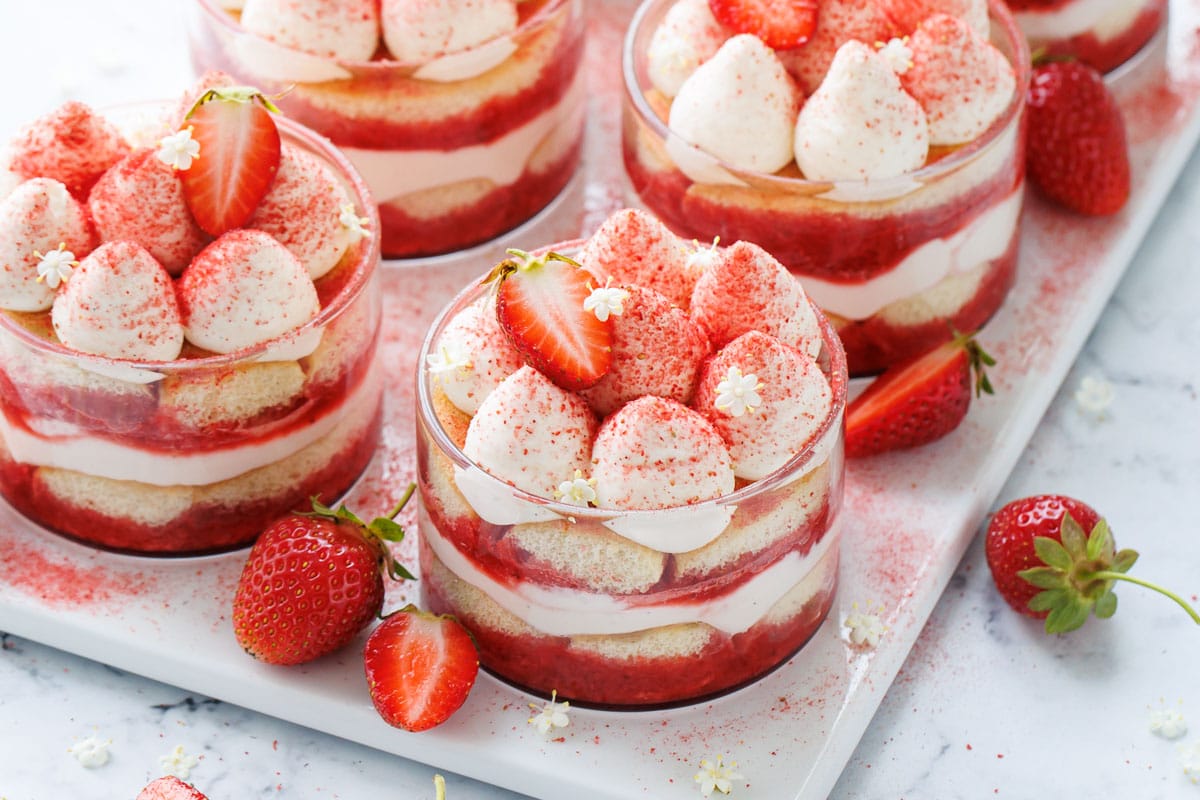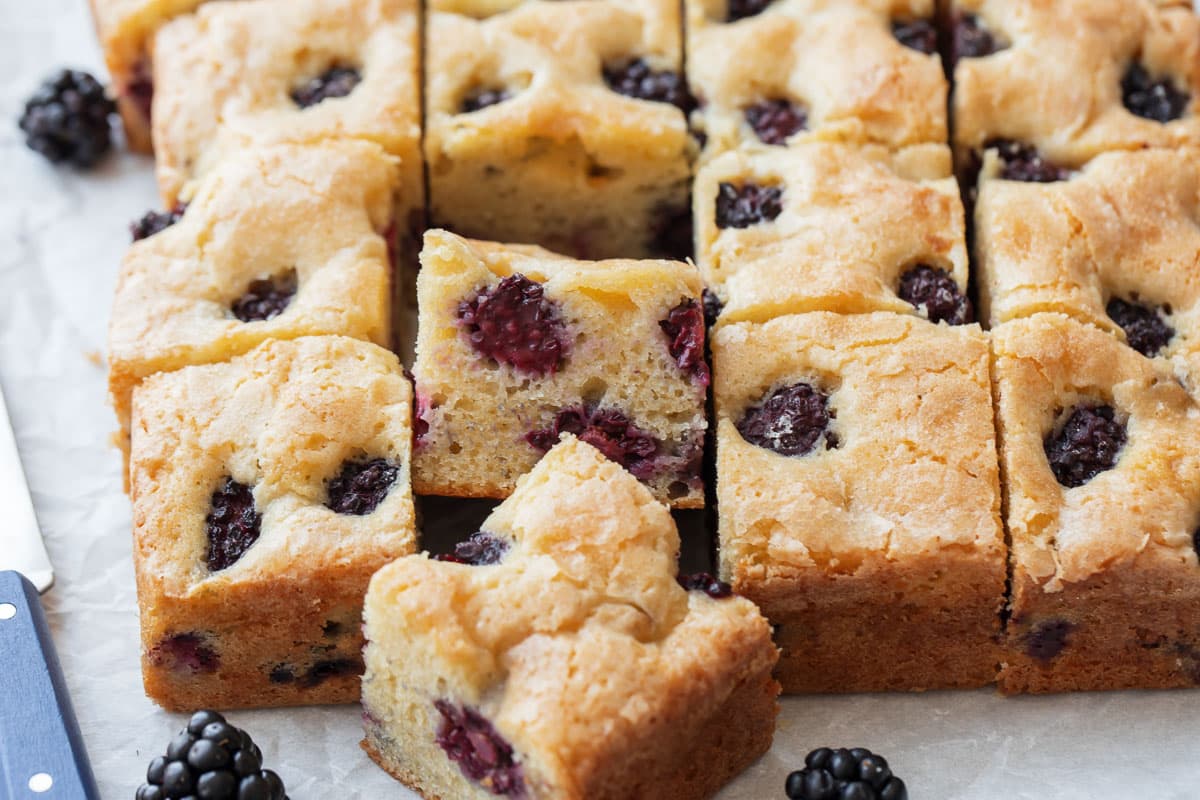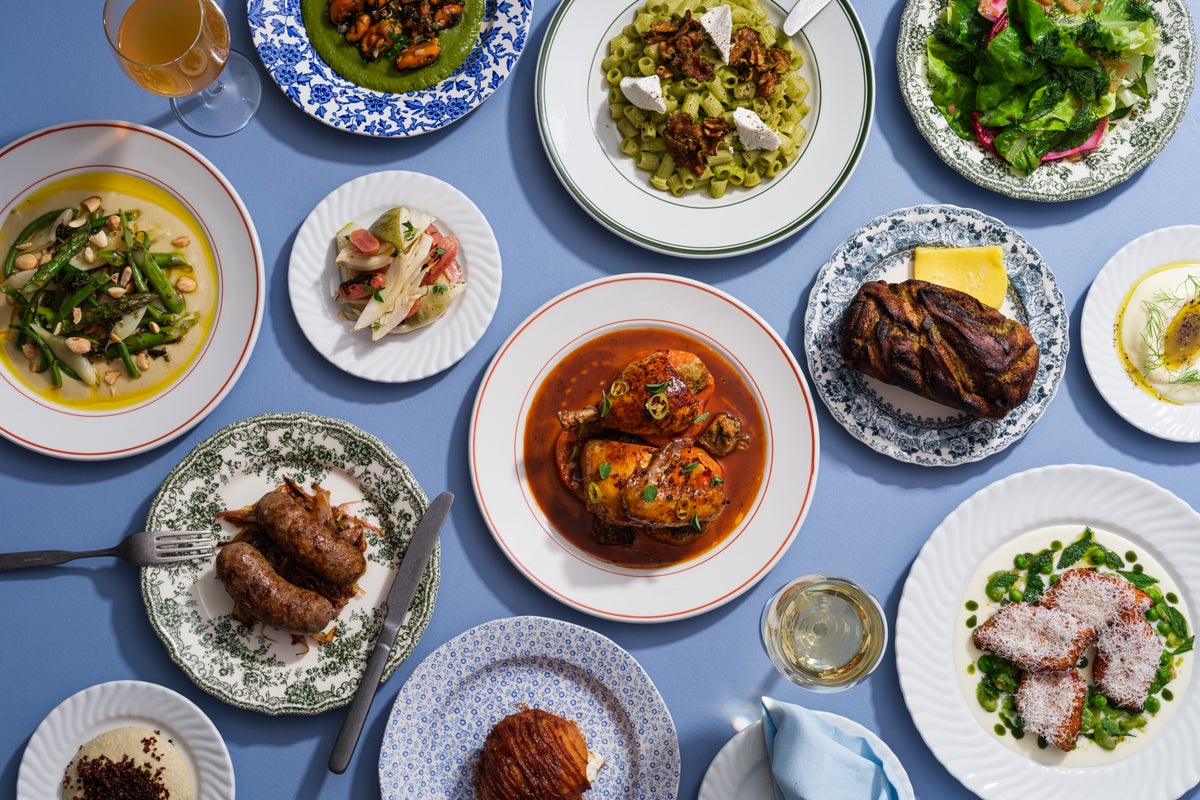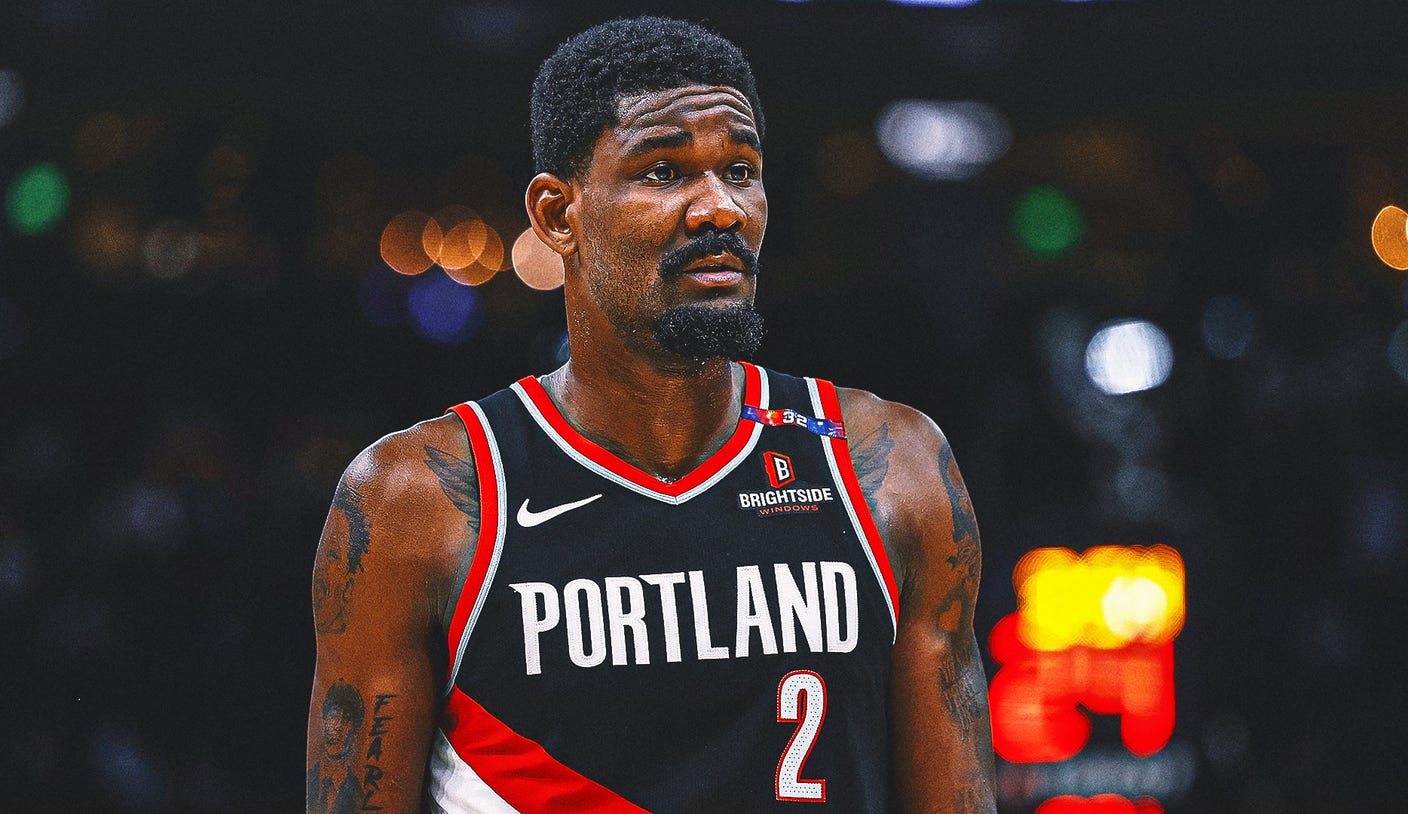Influencer gifting creates waste and inefficiency for brands, study finds
A report from Traackr found that, for most marketers, fewer than half of the creators they send products to use them in social media content

Influencer gifting has become a controversial strategy for brands, with creators calling out the practice as wasteful. And new data shows that gifting is, in fact, inefficient for many brands, with very few gifted products actually appearing in creators’ social posts.
Over 60% of 300 marketers surveyed by influencer marketing platform Traackr reported that less than half of the creators they gifted products to actually posted about those products on social media. But despite these lackluster results, 65% of marketers said they will continue to send gifts to an influencer who didn’t include those gifted products in their content.
“Not only does this indicate that brands are wasting valuable time and money, it has major implications for the negative impact that product seeding campaigns can have on the environment,” the report states. Several now-deleted TikTok videos from the past year have shown people finding thousands of dollars worth of unused, gifted products thrown away by their influencer neighbors. And the ongoing de-influencing trend, which peaked earlier this year, has rekindled online conversations about the sustainability issues involved in influencer marketing, including excessive gifted products.
Read more: Inside TikTok's de-influencing trend
At the same time, however, brands have continued to invest large sums of their influencer marketing budgets into product seeding over the past year. The Traackr report found that 28% of marketers spend between $10,000 and $50,000 on product gifting campaigns each year, while 25% spend between $50,000 and $200,000. And about one in five marketers reported spending more than $200,000 in a single year on gifting products to influencers.
Additionally, marketers’ budgets for product seeding largely correlated with their brand category. Consumer packaged goods, gaming, and beauty and personal care brands are investing the largest budgets into product gifting, while marketers at fashion and travel brands are spending the least, the report found.
Despite influencers’ criticisms of gifting, and the very real possibility that the creators a brand sends its products to may not post about those gifts—or even use them at all—marketers still report seeing positive returns from product seeding campaigns. More than 90% of respondents said product gifting campaigns resulted in increased brand awareness, and three in four said these campaigns “at least somewhat” drove product sales. “While these types of campaigns may have begun as a top-of-funnel strategy, it’s now clear that they have the potential to impact all stages of the funnel,” the report states.
But even when creators do feature gifted products from brands, they often do so in “PR Haul” videos, where an influencer displays a stack of packages they were gifted by a brand and only briefly displays each individual product. In these rapid-fire videos, it’s easy for a brand to get lost—and it’s impossible for the influencers who make these videos to use each and every product they receive due to the sheer volume of items they’re sent.
For brands seeking to incorporate gifting into their influencer marketing strategies, the Traackr report emphasized the importance of being intentional in selecting which influencers to send products to, and personalizing the gifts that those creators are sent. Rather than blindly sending out identical PR boxes to dozens of influencers, brands should connect directly with those creators; ask them whether they actually would want a gifted product from the brand; and offer them the chance to choose which products they’d want to receive, the report explained.
“Before you reach out to an influencer or send them product, find the time to connect with and get to know them,” said Madeline Chambers, director of influencer and social media strategy at Maybelline, in the report. “This is a small but critical element that could drastically improve the quality and impact of your product seeding campaigns.”
Creators are also looking for a brand to connect with them prior to inundating them with gifted products, per the report. When a brand ensures an influencer truly wants to receive a product from them and allows them to customize their gifting experience, it boosts the likelihood that the creator will feature that gifted product in their content and promote it to their followers, rather than stowing it in the back of their closets or throwing it away entirely.
And, beyond inefficiency, a lack of intentionality in a brand’s choice of influencers to gift products can lead to controversy—as in the case of Bud Light’s recent decision to gift a custom can to transgender influencer Dylan Mulvaney and then backpedaling on the promotion.
Also read: Bud Light sales drop induces 'panic'
“The biggest mistake that I see brands make in product seeding campaigns [is] they send gifted products to creators without really researching them,” said lifestyle creator Naomi Hearts in the report. “Personally, I want a brand to take the time to get to know me before working together. Watch my content, evaluate whether your products fit my personal style or needs, and check out my audience! In the end, it all comes down to authenticity.”

 Aliver
Aliver 






























